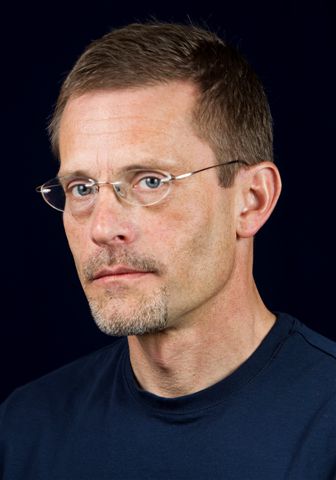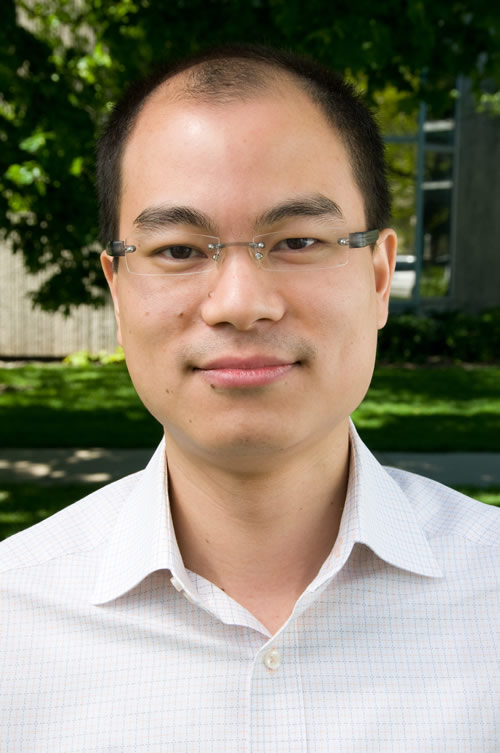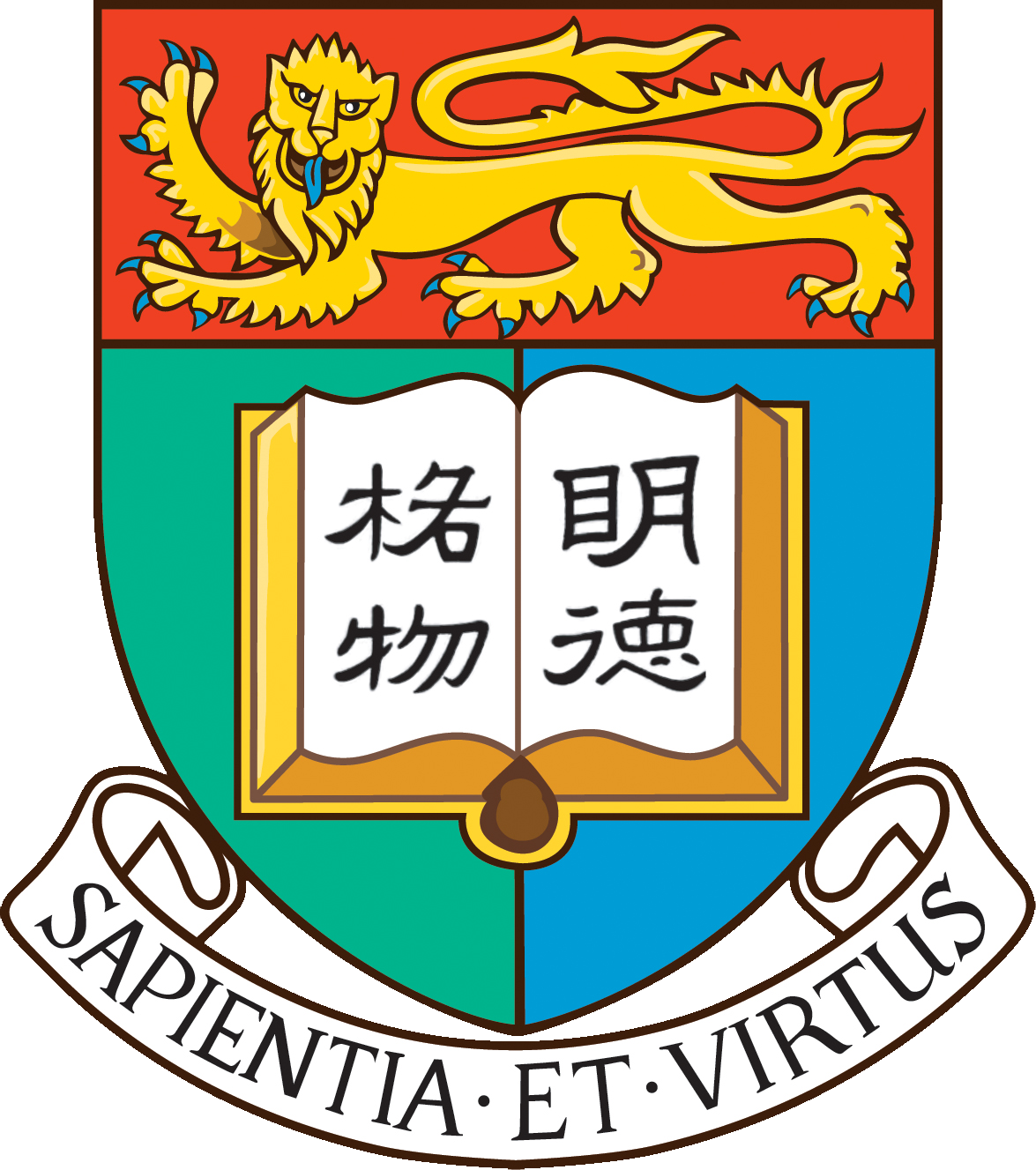Programme Details
The final book of abstracts for Ultrafest VII is now available to download at the following link:
ULTRAFEST VII ABSTRACTS
Our keynote speakers for Ultrafest VII are Brad Story and Patrick Wong.
Brad Story:
| Brad Story is a Professor in the Department of Speech, Language, and Hearing Sciences at the University of Arizona. His research is concerned with the acoustics, mechanics, and physiology of human sound production. In particular, Dr. Story develops computational, physically based models that simulate the observed behavior of specific components of the speech production system. He and colleagues are currently conducting a long-term project using a computational model to study the development of speech production in children. Dr. Story is a fellow of the Acoustical Society of America, and has served as an Associate Editor of the Journal of the Acoustical Society of America. He is also a member of the Galileo Circle in the University of Arizona¹s College of Science. |  |
Patrick Wong:
| After undergraduate and postgraduate training in linguistics and cognitive psychology at the University of Texas at Austin, Patrick C M Wong completed a postdoctoral fellowship in neuroscience at the University of Chicago Medical School in 2003. He then joined Northwestern University until 2013 when he moved to The Chinese University of Hong Kong where he is now the inaugural occupant of the Stanley Ho Professorship in Cognitive Neuroscience, Professor of Linguistics, and founding director of the Brain and Mind Institute. As a clinician-scientist, Wong’s research covers a range of basic and translational issues concerning the neural basis and disorders of language and music. His work on language learning attempts to explain the sources of individual differences by focusing on the neural and neurogenetic markers of learning. His work on the association between language and music provides evidence for the neurophysiological mechanisms behind such an association at the auditory brainstem. For over a decade, his research team has been funded continuously by the National Institutes of Health in the US. His research has appeared in a broad array of interdisciplinary scholarly venues covering both neuroscience and language works including journals such as Nature Neuroscience and Journal of Speech, Language, and Hearing Research. Wong’s research has also received public attention from media outlets such as The New York Times and The Wall Street Journal. |  |
Tuesday 8th December |
|||
|---|---|---|---|
| 9:00-9:45 | REGISTRATION & BREAKFAST | ||
| 9:45-10:00 | WELCOME | ||
| 10:00-10:30 | Alan Wrench | Applying a 3D biomechanical model to 2D ultrasound data | Session 1 Chair: Sang-Im Kim |
| 10:30-11:00 | Julián Villegas Ian Wilson Yuki Iguro Donna Erickson |
Effect of a fixed ultrasound probe on jaw movement during speech | |
| 11:00-11:30 | COFFEE & TEA | ||
| 11:30-12:00 | Aude Noiray Jan Ries Mark Tiede |
SOLLAR system: Sonographic & Optical Linguo-Labial Articulation Recording system | Session 2 Chair: Celine Yueh-chin Chang |
| 12:00-12:30 | Reza Falahati Vahid Abolghasemi |
Extraction of Persion coronal stops from ultrasound images using linear discriminant analysis | |
| 12:30-1:30 | LUNCH | ||
1:30-2:30 |
KEYNOTE 1: BRAD STORY |
Chair: Peggy Mok | |
| 2:30-3:00 | Discussion | ||
| 3:00-3:30 | COFFEE & TEA | ||
| 3:30-4:00 | Jonathan Yip Diana Archangeli Carol K.S. To |
Development of lingual articulations among Cantonese-speaking children | Session 3 Chair: Rungpat Roengpitya |
| 4:00-4:30 | Stefan Frisch Alissa Belmont Karen Reddick Nathan Maxfield |
Speech stability, coarticulation, and speech errors in a large number of talkers | |
| 4:30-5:00 | Eleanor Lawson James M. Scobbie Jane Stuart-Smith |
Using ultrasound tongue imaging to study the transfer of covert articulatory information in coda /r/ | |
| 5:00-5:30 | GENERAL DISCUSSION I | Chair: TBA | |
Wednesday 9th December |
|||
|---|---|---|---|
| 8:30-9:00 | BREAKFAST | ||
| 9:00-9:30 | Jonathan Yip | Coarticulatory effects on lingual articulations in the production of Cantonese syllable-final oral stops | Session 4 Chair: Cathryn Donohue |
| 9:30-10:00 | Suzy Ahn | The role of the tongue root in phonation of American English stops | |
| 10:00-10:30 | Robert Mailhammer Mark Harvey Tonya Agostini Jason Shaw |
Bolstering phonological fieldwork with ultrasound: Lenition and approximants in Iwaidja | |
| 10:30-11:00 | COFFEE & TEA | ||
| 11:00-11:30 | Amanda Miller | Timing of front and back releases in coronal click consonants | Session 5 Chair: Alan Yu |
| 11:30-12:00 | Pertti Palo Sonja Schaeffler James M. Scobbie |
Acoustic and articulatory speech reaction times with ultrasound: What moves first? | |
| 12:00-12:30 | GENERAL DISCUSSION II | Chair: Doug Whalen | |
| 12:30-1:30 | LUNCH | ||
1:30-2:30 |
KEYNOTE 2: PATRICK WONG |
Chair: Carol K.S. To | |
| 2:30-3:00 | Discussion | ||
| 3:00-3:15 | BREAK | ||
3:15-5:15 |
POSTERS and COFFEE & TEA |
||
| 5:15-6:00 | BREAK | ||
| 6:00-8:00 | DINNER RECEPTION at the University Lodge |
||
Thursday 10th December |
|||
|---|---|---|---|
| 8:30-9:00 | BREAKFAST | ||
| 9:00-9:30 | Patrycja Strycharczuk Koen Sebregts |
/r/-allophony and gemination: An ultrasound study of gestural blending in Dutch | Session 6 Chair: Feng-fan Hsieh |
| 9:30-10:00 | Alessandro Vietti Lorenzo Spreafico Vincenzo Galatà |
Allophonic variation: An articulatory perspective | |
| 10:00-10:30 | Noriko Yamane Phil Howson |
Ultrasound investigation of palatalized taps in Japanese | |
| 10:30-11:00 | COFFEE & TEA | ||
| 11:00-11:30 | Kevin Roon Katherine Dawson Mark Tiede Douglas Whalen |
Russian palatalization, tongue-shape complexity measures, and shape-based segment classification | Session 7 Chair: Albert Lee |
| 11:30-12:00 | Douglas H. Whalen Kevin Roon Katherine Dawson Mark Tiede |
Exploring the relationship between tongue shape complexity and coarticulatory resistance | |
| 12:00-12:30 | Daniel Recasens Clara Rodríguez |
An investigation of lingual coarticulation resistance using ultrasound data | |
| 12:30-1:00 | GENERAL DISCUSSION III | Chair: TBA | |
| 1:00-1:30 | BREAK | ||
| 1:30-2:30 | DIM SUM LUNCH Victoria Harbour Restaurant (海港酒家–西寶城) |
||
| 7:30-9:30 | DINNER BUFFET CRUISE Harbour Cruise - Bauhinia (洋紫荊維港遊) |
||
